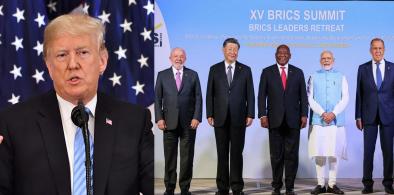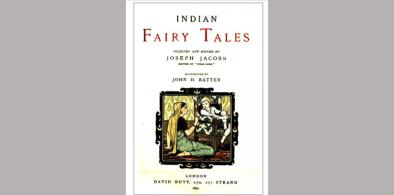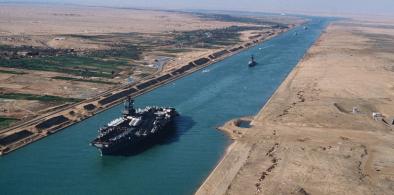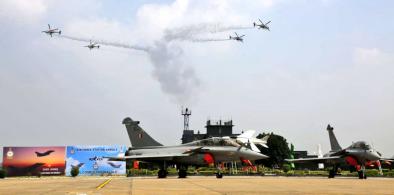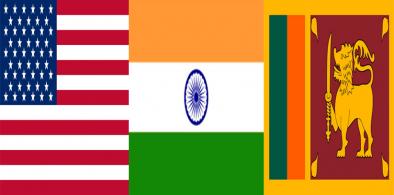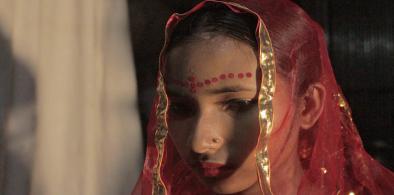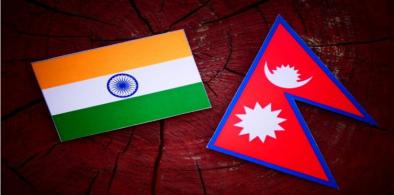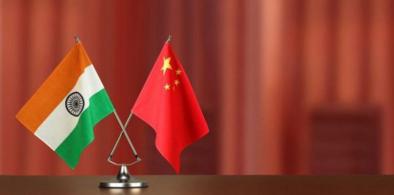Had the Kra Canal come up, China would have taken control of it in all probability like the Hambantota Port in Sri Lanka giving it a tremendous strategic advantage, writes Lt Gen P. C. Katoch (retd) for South Asia Monitor
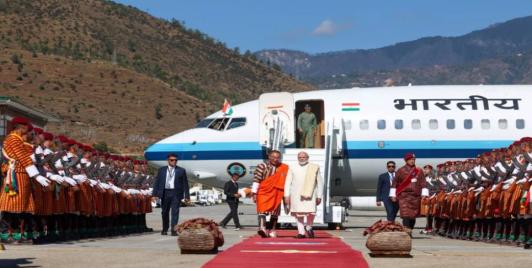
India-Bhutan Relationship Offers A Constructive Model For South Asia And A Peaceful Himalayan Region
Beyond India–Bhutan relations, the visit conveys a wider message to South Asia: cooperation grounded in respect, development, and stability remains essential in an uncertain global environment. As the region evolves, India appears to recognize the importance of maintaining strong partnerships without pressuring smaller neighbors or escalating strategic competition.
Red Fort Blast: India Facing A New Form Of Jihad?
The involvement of four doctors, one of whom allegedly executed the Red Fort blast, indicates a model that blends 'inspired' radicalisation with limited external facilitation. Interactions with certain outfits, Kashmiri terror commanders, and external handlers—if confirmed—point to an infrastructure that encourages attacks while maintaining plausible deniability.
The Nuclear Reckoning: Moment Of Awakening For India
It is time for India, along with like-minded nations across Asia, Africa, and Latin America, to articulate a shared agenda of non-alignment 2.0, not as a posture of neutrality but as a strategy of autonomy. The original Non-Aligned Movement (NAM) emerged from the Cold War’s bipolar tension; its modern counterpart must respond to multipolar volatility.
Endangered Indigenous Languages of South Asia: With Dominant Languages Replacing Mother Tongue, Are They Doomed To Die?
The world over, as is evident from the Atlas of endangered languages, there is a thrust of the dominant languages taking a precedence and most of the endangered languages are likely to disappear by 2100. Soon, possibly in the near future, the grand and great grand-children of the present generation may not be able to tell the story of their own mother tongue. Some of these languages will be lost forever and will only be limited to the pages of gazetteers and history books.
New education policy will make India global education destination; will attract students from South Asia
With the setting up of world-class education at low cost India will begin to attract students from neighbouring countries like Bangladesh, Maldives, Afghanistan, Nepal, and Sri Lanka for whom it is the first choice of destination when it comes to studying abroad, writes Dr. Sheenu Jain for South Asia Monitor
Rafale induction and the make-believe brigade: India should focus on hard techno-military realities
The Ambala media extravaganza ought to encourage an internal review by the Modi government about strategic communication and related signalling in matters military. Carry a big stick but talk softly is an adage that has not lost its relevance, writes C Uday Bhaskar for South Asia Monitor
US-India-Sri Lanka triad will be beneficial for IOR and Indo-Pacific
Trade instruments like the South Asian Free Trade Area (SAFTA) and the Indo-Sri Lanka Free Trade (ISFTA) agreements are some of the gainful tools with which the US can use to access South Asia’s consumer markets, write Srimal Fernando and Vedangshi Roy Choudhuri for South Asia Monitor
Child marriages go up in Bangladesh during COVID-19: Need to strike at root causes
It is high time that the child marriage rate - gone up during the pandemic - should be brought down drastically and for this, the Bangladesh government, NGOs, and society at large should work together to put an end to this menace, writes Sarmin Akter for South Asia Monitor
Nepal-India cultural and social ties hit hard by border sealing
Cross border marriage, i.e., matrimony between Nepali son/daughter and India’s son/daughter, is very common in bordering districts of Uttar Pradesh and Bihar. This is the reason why Nepal's Madheshis treat Indian soil as their relatives’ home, not a foreign land, write Jivesh Jha & Roshan Kumar Jha for South Asia Monitor
It's going to be a long eyeball-to-eyeball standoff with China: But India is well prepared
The Chinese had realised that not only were they outnumbered but totally outflanked, making their position untenable. Any armed clash hereafter would have been suicidal, writes Anil Bhat for South Asia Monitor
China’s nationalism and global aspirations: India can turn a challenge into an opportunity
India has tremendous goodwill and support from the international community which will influence Chinese future manoeuvres against India, writes Lt Gen PR Kumar (retd) for South Asia Monitor
The Congress rebellion that never was: India's political parties lack internal democracy
Though the party crisis seems to have blown over, for the time being, the future of the Congress does not appear to be bright. And it has nothing to do with the ruling Bharatiya Janata Party (BJP), writes Vinod Aggarwal for South Asia Monitor
Ironing out the bumps in India-Bangladesh ties
India-Bangladesh relations have grown deeper and wider in scope in the past decade. But irritants and hitches can develop between neighbours with even the best of ties, writes Shubha Singh for South Asia Monitor
Indian Americans set to wield greater influence in US politics
It can safely be concluded that 2020 is the year the Indian American community has become relevant in American politics, writes Frank Islam for South Asia Monitor
Cancer and chronic disease patients bear a heavy burden during COVID
Oncologists across the world have expressed concern over the probability of rising cancer mortality and morbidity, not because of the coronavirus pandemic per se, but because of the inability of the healthcare system to treat cancers as it normally should, writes Dr (Col) R Ranga Rao for South Asia Monitor
Will Shringla's visit reshape the complex relations between Bangladesh, India and China?
Bangladesh takes a neutral position to whatever happens between the two Asian giants, but Chinese President Xi Jinping's growing influence and strong defence ties with Bangladesh are making India concerned, writes Sarmin Akhter for South Asia Monitor
Bangladesh's controversial digital security act: A weapon to silence independent media?
Using the controversial Act as a tool the Bangladesh government has tried to keep surveillance on journalists, and also to repress and muffle the independent voices in social media and traditional mass media, writes Aashish Kiphayet for South Asia Monitor
Pranab Mukherjee: President who could have been India's PM was a 'true friend' of Bangladesh
That Mukherjee influenced former prime minister Manmohan Singh’s decision to grant Bangladesh a billion dollars, the highest India had then extended to any single country, and that the amount was almost tripled when Hasina-led Bangladesh absorbed it all, is not very well known, writes Mahendra Ved for South Asia Monitor




